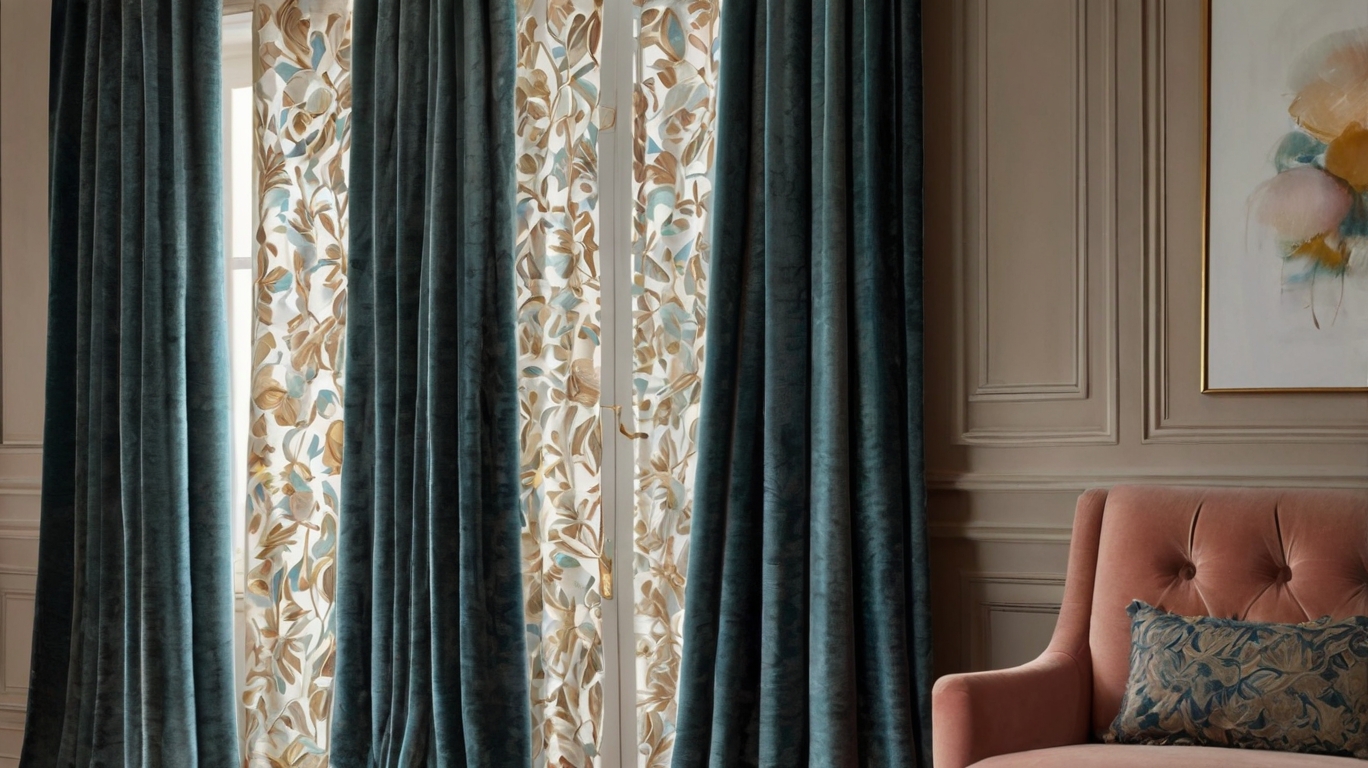The Science of Blackout Curtains: Do They Really Improve Sleep?
Getting quality sleep is essential for overall health and well-being. While many factors contribute to a good night’s rest, the environment plays a crucial role—especially light exposure. This is where blackout curtains come in. But do they really improve sleep? Let’s explore the science behind blackout curtains and how they impact sleep quality.
What Are Blackout Curtains?
Blackout curtains are specially designed window coverings made from thick, tightly woven fabric that blocks external light. Unlike regular curtains, which may allow some light to pass through, blackout curtains effectively create a dark environment, mimicking nighttime conditions regardless of the time of day.
How Blackout Curtains Work
Blackout curtains contain multiple layers of fabric, often with a light-blocking lining. Some key features include:
- Dense Fabric Composition: Polyester or microfiber with a foam backing to prevent light penetration.
- Thermal Insulation: Helps regulate room temperature by blocking heat in summer and retaining warmth in winter.
- Noise Reduction: Some blackout curtains also have sound-dampening properties, creating a quieter sleep environment.
The Science Behind Light and Sleep
Light exposure plays a major role in regulating the body’s circadian rhythm, which controls sleep-wake cycles. When exposed to light, the brain suppresses melatonin, the hormone responsible for sleep. Conversely, darkness signals the body to produce melatonin, promoting restful sleep.
How Blackout Curtains Improve Sleep Quality
- Enhancing Melatonin Production
- Studies show that even small amounts of light exposure can disrupt melatonin secretion, making it harder to fall asleep and stay asleep.
- Blackout curtains help maintain darkness, allowing the body to produce melatonin naturally.
- Reducing Sleep Disruptions
- External light sources like streetlights, headlights, or neon signs can cause frequent awakenings.
- By blocking these distractions, blackout curtains promote deeper, uninterrupted sleep cycles.
- Supporting Shift Workers and Daytime Sleepers
- Those who work night shifts often struggle with daytime sleep due to sunlight exposure.
- Blackout curtains help create an artificial night environment, improving sleep duration and quality.
- Helping Children and Light-Sensitive Sleepers
- Babies and young children tend to wake up early due to natural light.
- Blackout curtains extend sleep duration by keeping the room dark in the early morning hours.
- Improving Sleep in Urban Areas
- City dwellers often deal with excessive artificial light pollution from buildings and streetlights.
- Blackout curtains help counteract urban brightness, making sleep more restorative.
Additional Benefits of Blackout Curtains
Aside from sleep improvement, blackout curtains offer other advantages:
- Energy Efficiency: By regulating indoor temperatures, they reduce energy consumption for heating and cooling.
- Privacy Enhancement: They provide an extra layer of security by preventing outsiders from seeing inside.
- Better Focus for Home Offices and Media Rooms: They create a dark environment suitable for work, movie watching, or gaming.
Are There Any Downsides?
While blackout curtains offer significant benefits, there are a few considerations:
- Can Make Waking Up Harder: A completely dark room may make it difficult to wake up naturally without an alarm.
- Potential Dependence: Some people become reliant on complete darkness and struggle to sleep in other environments.
- Aesthetic and Installation Considerations: Some blackout curtains are bulky, and proper installation is necessary to prevent light leaks.
Conclusion: Should You Use Blackout Curtains?
If you struggle with sleep disturbances due to light exposure, blackout curtains can be a game-changer. By promoting melatonin production, reducing interruptions, and creating a restful environment, they contribute to better sleep quality. Whether you’re a light sleeper, shift worker, or city dweller, investing in blackout curtains could be the key to more restful nights and healthier days.

